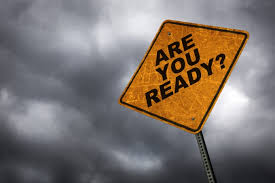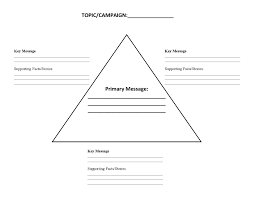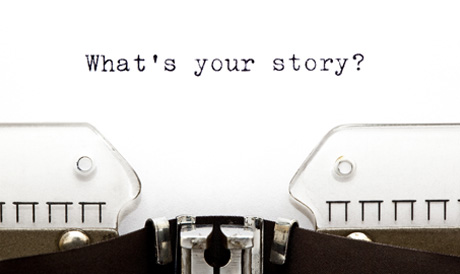A white paper is a document in which you propose a solution to a problem and target it toward the government, a specific person, company, organization, etc. White papers are extremely important for communicators so that you can effectively persuade someone to get on your side and illicit action to be taken or change to be made. These documents are particularly important in the realms of the environment and healthcare as it is important to let people know what kinds of problems are happening and what type of governmental changes need to be seen. You will need a white paper to successfully get policymakers on your side. So, ask yourself, what do you want to see changed, or resolved? If it is something you are passionate about, your words will flow easily and you will more likely be able to illicit an emotional response. Keep reading for tips on how to compose a successful white paper.
Focus
Know your target audience. If it’s for the government, know which political party you will target; know what issues the people in that party stand behind; know the demographics in the area and what is important to the people in it; and understand that getting proposals passed does take a certain amount of emotion. On the other hand, if it’s a nonprofit that you are targeting, you should take a look at their mission statement and values, what it is they stand behind, and the kinds of projects they support already. It is necessary to promote facts and evidence with stories and emotion to get the most positive feedback possible.
You will need:
Title: Be clear, concise, and catchy. Fine tune it to your audience. Make sure they can easily tell from the title what they’re going to be diving into once they read your document.
Abstract: This is a quick summary about what the entire document is about. However, don’t be boring with this part. Make your abstract attention-grabbing so people will want to read on. On the other hand, provide enough valuable information that people that really don’t have the time to read the whole document can understand exactly what it’s about.
Introduction: Now you can start to talk about the issue and provide some background facts about it.
Problem: Define your problem, and keep you target audience in mind.
Solution: Be subtle with this section. Don’t be too in your readers face with ridiculous claims on how you can solve the problem. Talk about your solution, and provide some claims from specialists and other people. Be sure to avoid jargon and speak in simplistic terms.
Benefits: This is where you can prove why your solution will work for your target audience. Quotes from other people are okay for this section as well.
Summary: Include the best benefits of your solution to the problem, but also be sure to include the risks. End this section with the most important takeaway you want them to have of the entire document. This section needs to be written as if it could be a document entirely of itself.
And, most importantly,
The Call to Action
I want to take the time to talk a little extra about writing your call to action. Don’t be afraid of this section. Ask people for what you want. Show a direct link between the cause at hand and how the person reading it can help. Make sure they know if you want them to sign a petition, donate money, try out a product, etc. Then, if it is worthwhile, give some incentive to them for taking the action. So, don’t only tell people to take action; tell them why it’s a great idea that they do so. What’s in it for them? Even the causes with the best intentions are not able to garner attention if there’s nothing in it for the people.
Graphics are Good
People’s eyes are drawn toward pictures, it’s another way of communicating and learning, so add them to your paper. It will break up the words a bit and add a visual component.
Now What?
Once you’ve composed a visually appealing white paper that includes a clear call to action, you can post it online, on your website, on to social media, wherever you think you can get more and more people to stand behind your idea and get action to be taken. Since, so many people are on social media now, you will be able to have supporters share the post and circulate it even further. Be bold and even hand deliver your document. This could potentially increase your chances of the document being seen. This document should not go to one set of eyes only, get it seen and don’t let it go extinct without actions being taken.








